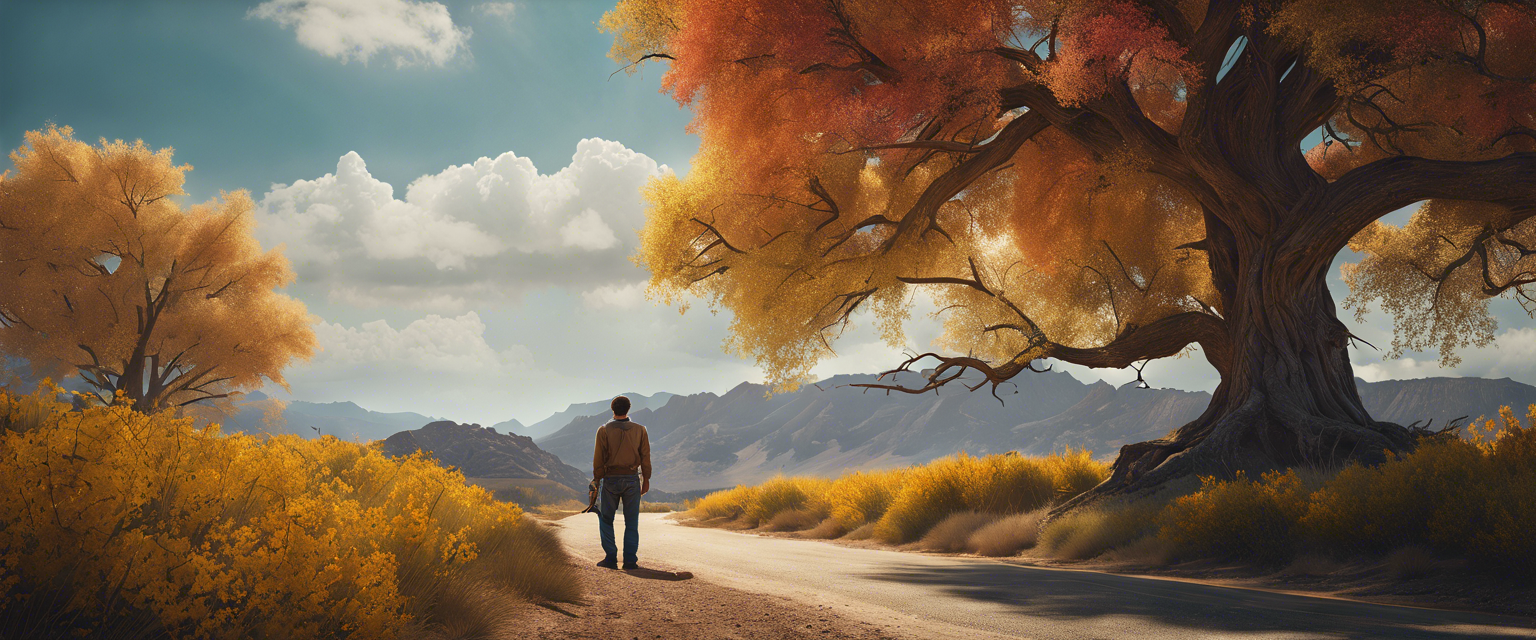How to Create a Custom Diffusers Pipeline for Text-Guided Image Generation
This tutorial will guide you through the process of creating a custom diffusers pipeline for text-guided image-to-image generation using the Stable Diffusion model, facilitated by the Hugging Face Diffusers library. By the end of this article, you will be capable of creating stunning AI-generated artworks from simple sketches.
Introduction to Stable Diffusion
Stable Diffusion is a cutting-edge text-to-image latent diffusion model. It was developed by a collaborative effort from CompVis, Stability AI, and LAION. This model is trained on high-quality 512x512 images sourced from a subset of the LAION-5B database. It employs a frozen CLIP ViT-L/14 text encoder to condition the model according to text prompts. With its impressive 860M UNet and 123M text encoder, this lightweight model operates effectively on most GPUs. For deeper insights into its architecture, refer to here.
Getting Started
Before diving into the usage of the Stable Diffusion model, there are a few prerequisites:
- Review and accept the model’s license agreement before downloading or utilizing the model weights.
- This tutorial specifically uses model version v1-4; hence, ensure you visit its card, read the license, and check the agreement box if you consent.
- A Hugging Face Hub account is necessary to proceed, and you must obtain an access token. For more details regarding access tokens, check the relevant section in the Hugging Face documentation.
Login to Hugging Face
You can successfully log into Hugging Face using the notebook_login function:
from huggingface_hub import notebook_login
notebook_login()Building the Image2Image Pipeline
Once logged in, you can initiate the Image2Image pipeline. Here’s how:
- Load the Pipeline: Download and import the necessary libraries and models.
- Download an Initial Image: Choose a starting image and preprocess it appropriately to ensure compatibility with the pipeline.
- Define Your Text Prompt: Construct the prompt that will guide the image generation process.
- Run the Pipeline: Execute the pipeline to generate the new image.
Understanding Strength Parameter
The strength parameter, ranging from 0.0 to 1.0, dictates the amount of noise added to the input image. A strength value approaching 1.0 allows for extensive variations; however, this may yield images that are less consistent with the original input. Tuning this setting is crucial to achieve desired artistic effects.
In Google Colab, you can display the generated image simply by typing:
image.show()Final Outcome
Congratulations! You have successfully converted a simple sketch into beautiful AI-generated artwork. By experimenting with different parameter values, particularly to adjust the strength, you can influence how closely the generated image resembles the initial sketch. Lower values of strength will yield images that closely align with the original, while higher values will produce more abstract variations.
Conclusion
Thank you for exploring this tutorial! If you found this information valuable, continue discovering a wealth of resources on our tutorial page. For inquiries and further guidance, reach out to Fabian Stehle, Data Science Intern at New Native.



Leave a comment
All comments are moderated before being published.
This site is protected by hCaptcha and the hCaptcha Privacy Policy and Terms of Service apply.